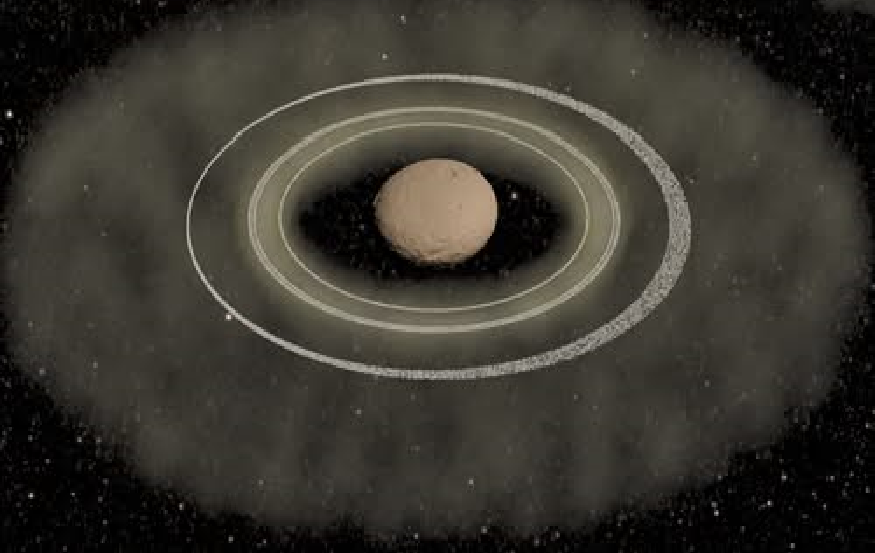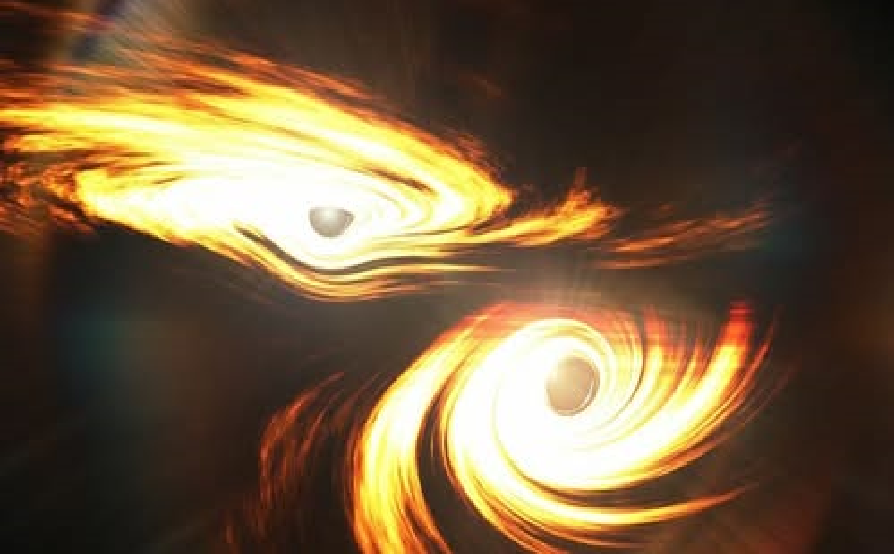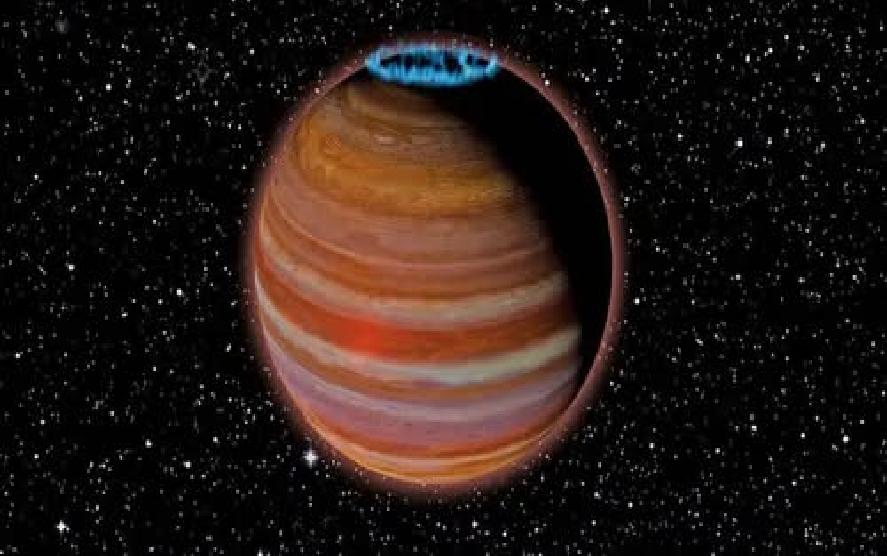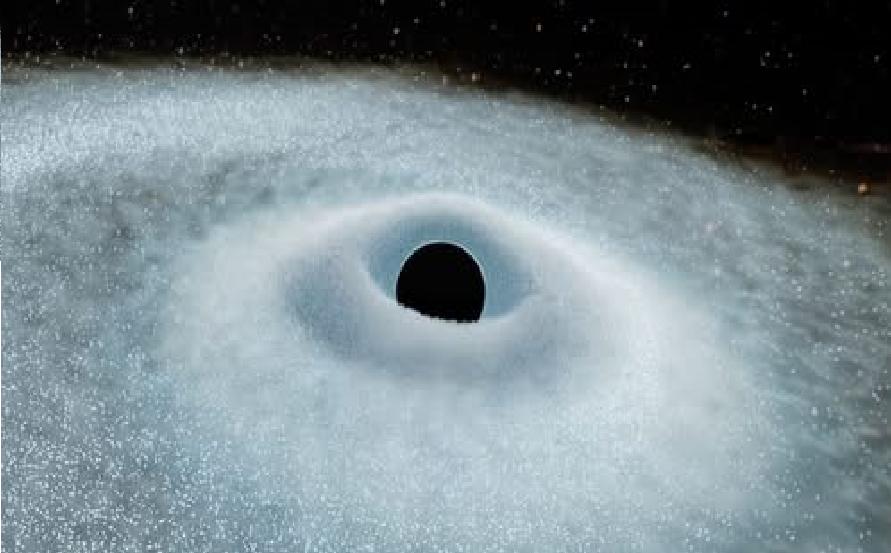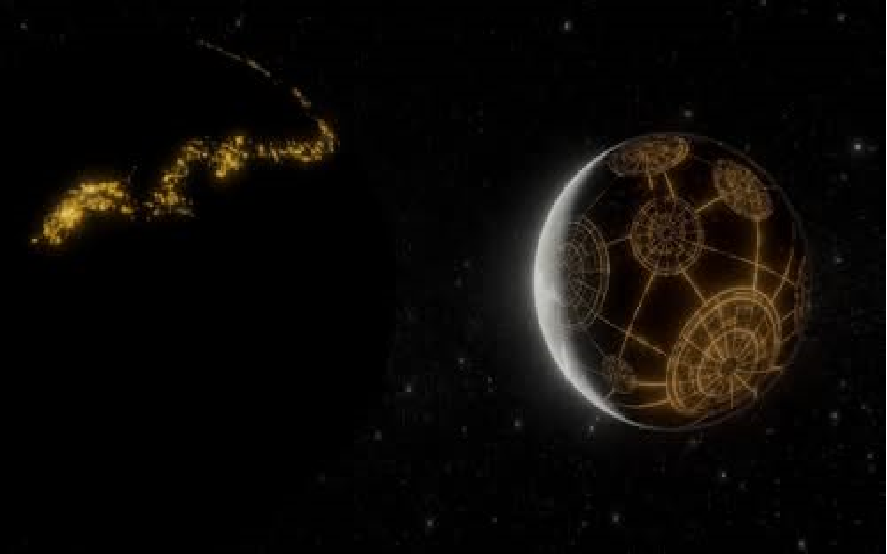Astronomers Catch a Ring System Forming Around Chiron in Real Time
New observations of a strange object that wobbles around the space between Jupiter and Uranus reveal what looks like a system of rings forming and evolving, even as we watch. The object, named Chiron, is a chunk of rock shaped a bit like a jelly donut, measuring around 210 kilometers (130 miles) across at its widest point. The discovery that its rings […]
Astronomers Catch a Ring System Forming Around Chiron in Real Time Read More »
